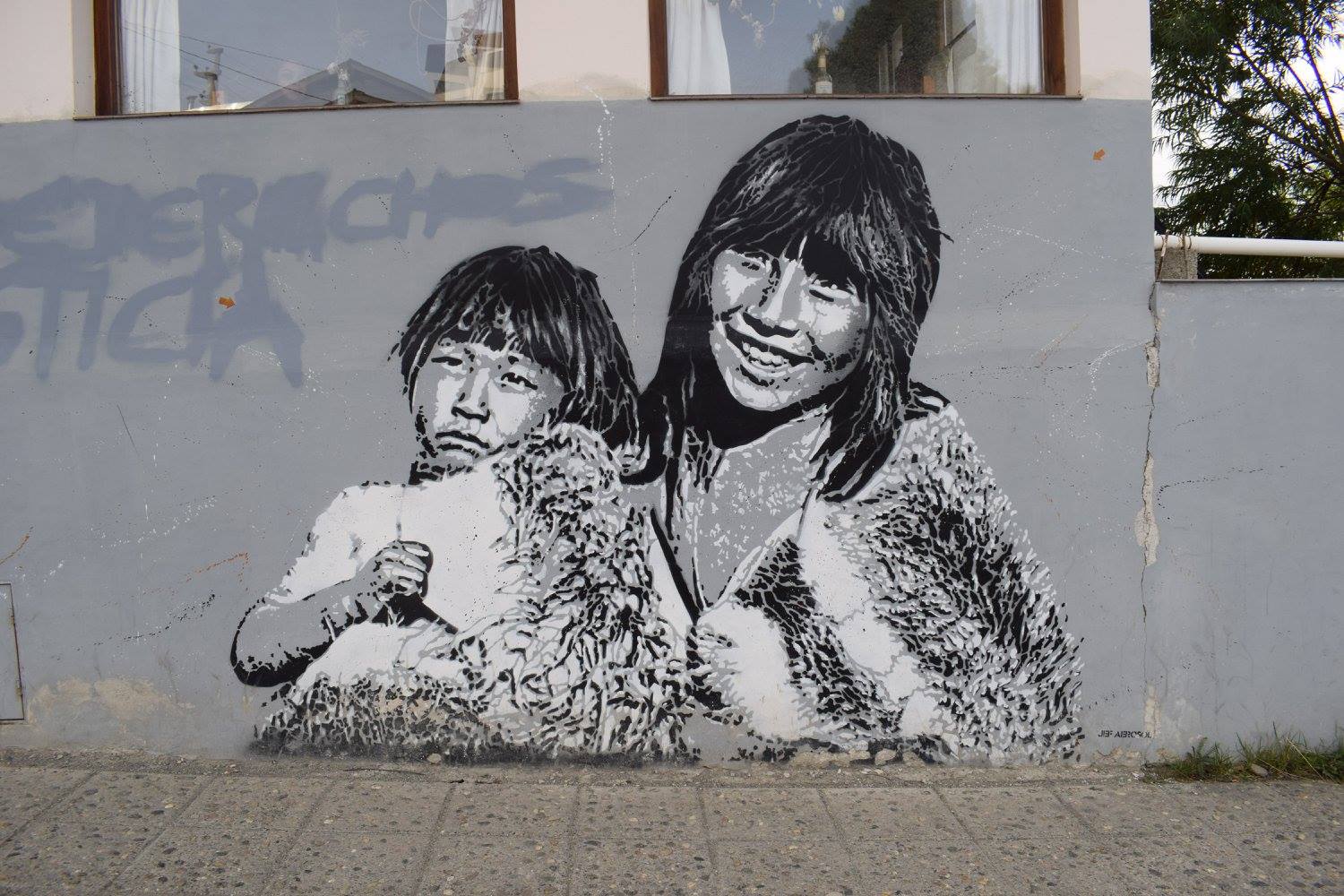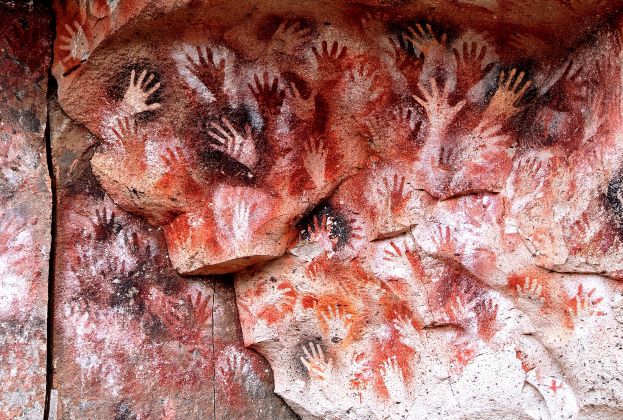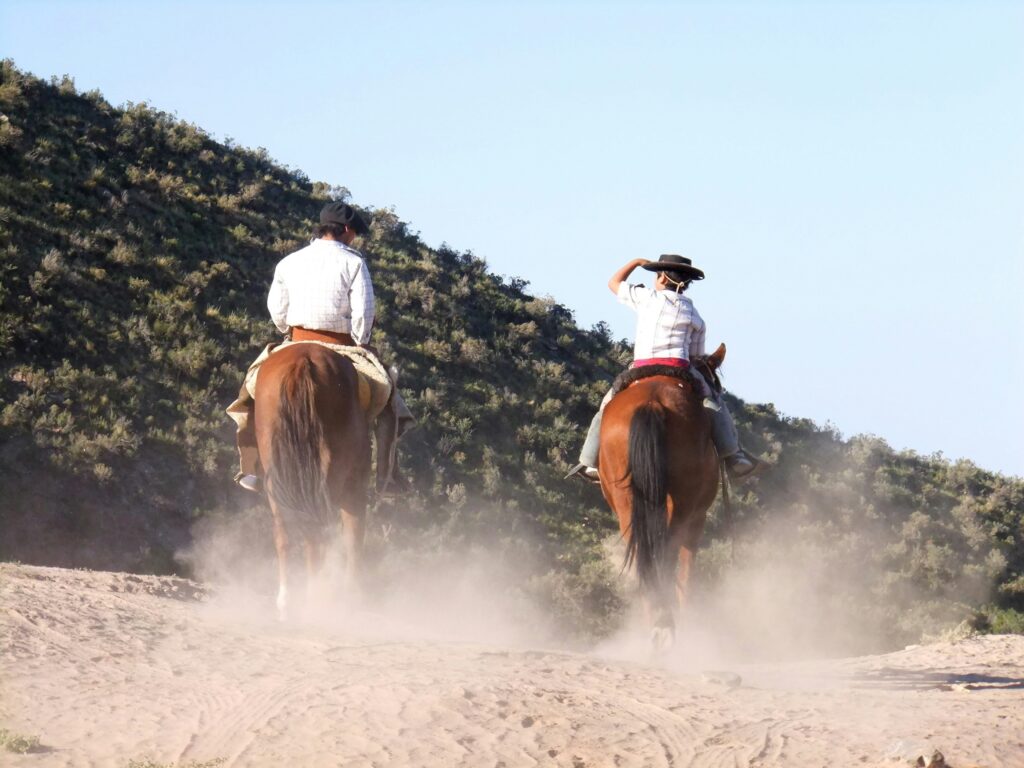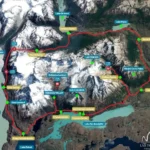
History of Patagonia: From Pre-Columbian Civilizations to Modern Times
Patagonia, a vast region at the southern end of South America, straddling Argentina and Chile, has a rich and complex history. This land of rugged landscapes and dramatic climates has been home to diverse cultures and witnessed significant historical events. This article explores the history of Patagonia, from the pre-Columbian civilizations that first inhabited the region, through the era of European colonization, to its development and status in contemporary times.
Pre-Columbian Civilizations
Long before the arrival of Europeans, Patagonia was inhabited by various indigenous groups who adapted to its harsh environments. Even though there were many different groups, the Tehuelche, Mapuche, and Selk’nam (Ona) were among the most prominent cultures.
- The Tehuelche: The Tehuelche people roamed the vast Patagonian steppes (such as Chubut and Santa Cruz provinces), living as nomadic hunter-gatherers. They relied on guanacos for food, clothing, and tools, and developed a rich oral tradition and a deep understanding of their environment.
- The Mapuche: Originally from the central regions of modern-day Chile, the Mapuche gradually expanded into northern Patagonia. Known for their fierce resistance to Inca and later Spanish invasions, they maintained a distinct cultural identity.
- The Selk’nam (Ona): The Selk’nam inhabited the island of Tierra del Fuego. They were also hunter-gatherers, known for their elaborate initiation ceremonies and body painting.
These groups had complex social structures, spiritual beliefs, and a profound connection to their land, which they managed sustainably for thousands of years.
European Exploration and Colonization
The European exploration of Patagonia began in the early 16th century, driven by the quest for new trade routes and territories.
- Ferdinand Magellan: In 1520, Portuguese explorer Ferdinand Magellan became the first European to navigate through the strait that now bears his name, marking the beginning of European interest in the region. His encounter with the indigenous people, whom he referred to as “Patagones” (possibly due to their large footprints), sparked myths of a land inhabited by giants.
- Sir Francis Drake: The English privateer Sir Francis Drake passed through the Strait of Magellan in 1578 during his circumnavigation of the globe, furthering European interest in the strategic and mysterious region.
Colonization efforts were sporadic and challenging due to Patagonia’s harsh climate and remote location. However, by the 18th and 19th centuries, both Spanish and British explorers and settlers began to establish a more permanent presence.
19th Century: Conquest and Settlement
The 19th century marked a significant period of change for Patagonia as it came under the control of Argentina and Chile, leading to substantial demographic and cultural shifts.
- The Conquest of the Desert: In the late 19th century, the Argentine government launched the Conquest of the Desert, a military campaign aimed at subduing and displacing the indigenous populations of Patagonia to expand national territory. This campaign, led by General Julio Argentino Roca, resulted in the decimation and displacement of many indigenous communities.
- Chilean Expansion: Similarly, Chile expanded its territory into western Patagonia through a series of military and colonization efforts, incorporating the region into its national domain.
European immigrants, particularly from Wales, Germany, and Italy, began to settle in Patagonia, establishing agricultural colonies and bringing new technologies and cultural practices. The Welsh settlement in the Chubut Valley is one of the most notable examples, where settlers established thriving communities and retained their language and traditions.
Argentina and Chile have had controversies and different territorial disputes throughout the years, until they found the international borders that exist nowadays. Most of it is marked by the high peaks of the Andes; the rest, by the Beagle Channel and the meridian 68° in Tierra del Fuego. The Magellan Strait remains to Chile. In addition, there is a small area of the Southern Patagonian Ice Field that stills without delimitation because it’s covered by ice and is difficult to proof where the higher peaks are.
20th Century: Economic Development and Conservation
The 20th century saw significant economic and infrastructural development in Patagonia, driven by various industries.
- Sheep Ranching: Sheep ranching became a dominant economic activity, transforming the landscape and economy of Patagonia. Large estancias (ranches) were established, some of which still operate today.
- Oil and Gas: The discovery of oil in Comodoro Rivadavia in 1907 spurred economic growth and urbanization in the region.
- Tourism and Conservation: The natural beauty of Patagonia attracted tourists and conservationists. National parks such as Los Glaciares in Argentina and Torres del Paine in Chile were established, promoting environmental preservation and eco-tourism.
Contemporary Patagonia
Today, Patagonia is a region known for its stunning natural landscapes, vibrant cultural heritage, and ongoing challenges and opportunities.
- Cultural Revival: There is a growing recognition and revival of indigenous cultures, with efforts to preserve languages, traditions, and rights.
- Environmental Challenges: Patagonia faces environmental challenges, including climate change, deforestation, and the impact of invasive species. Conservation efforts are crucial to preserving its unique ecosystems.
- Economic Activities: Modern Patagonia’s economy is diverse, encompassing agriculture, oil and gas, mining, and a burgeoning tourism industry. Eco-tourism, in particular, has become a significant economic driver, emphasizing sustainable practices and conservation.
The Rich Tapestry of Patagonian History
Patagonia’s history is a tapestry woven from the threads of indigenous heritage, European exploration, colonization, and modern development. From the ancient cultures that first inhabited this land to the contemporary efforts to balance economic growth with environmental conservation, Patagonia remains a region of profound significance and beauty. Understanding its history helps us appreciate the complex interplay of natural and human forces that have shaped this extraordinary part of the world.
Personalized tours in Argentina and Chile
We are Beyond BA Latam, a local travel agency based in Argentina, that offer custom tours in Patagonia and other regions of Argentina and Chile. As a kick off, we invite you to explore our following tours:
Ushuaia to Cape Horn and other Cruises in Patagonia
Let’s start planning your next experience!
0

















